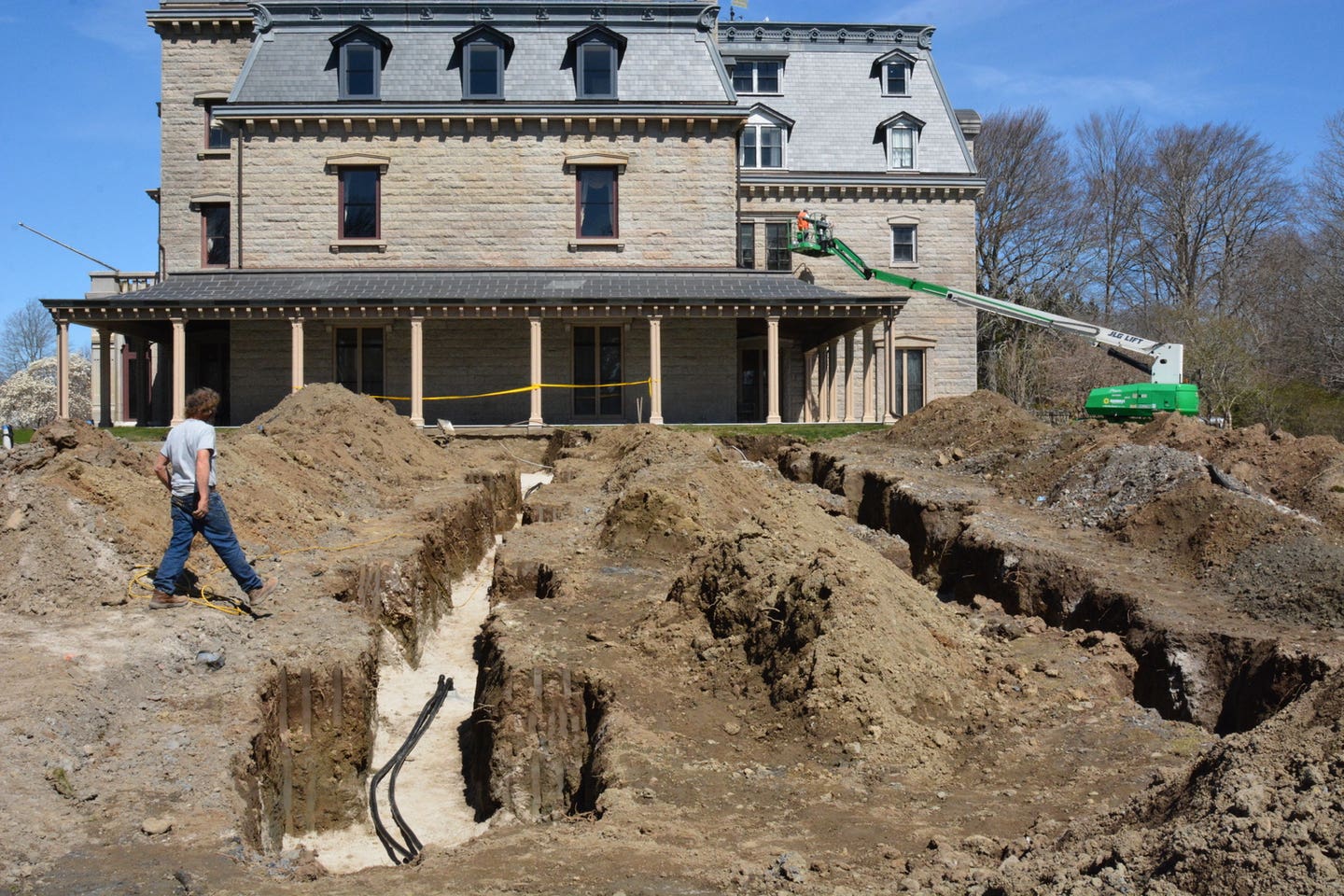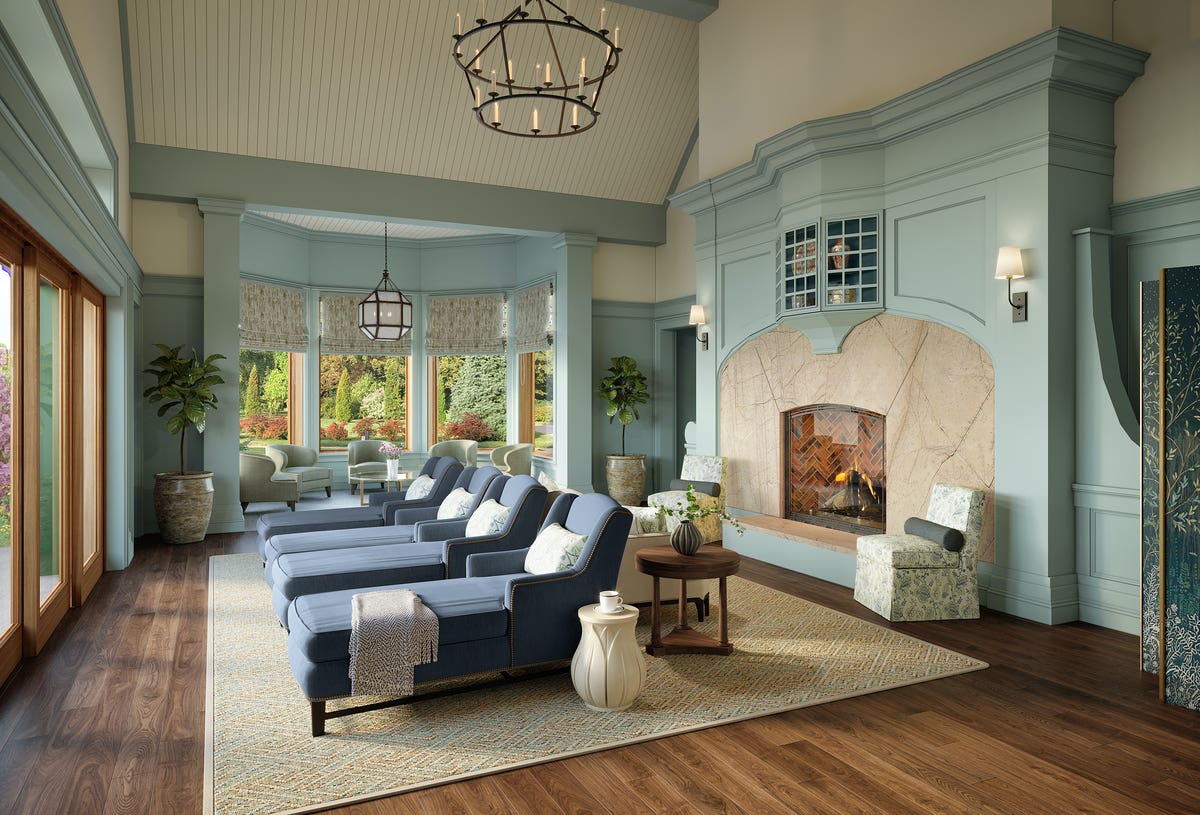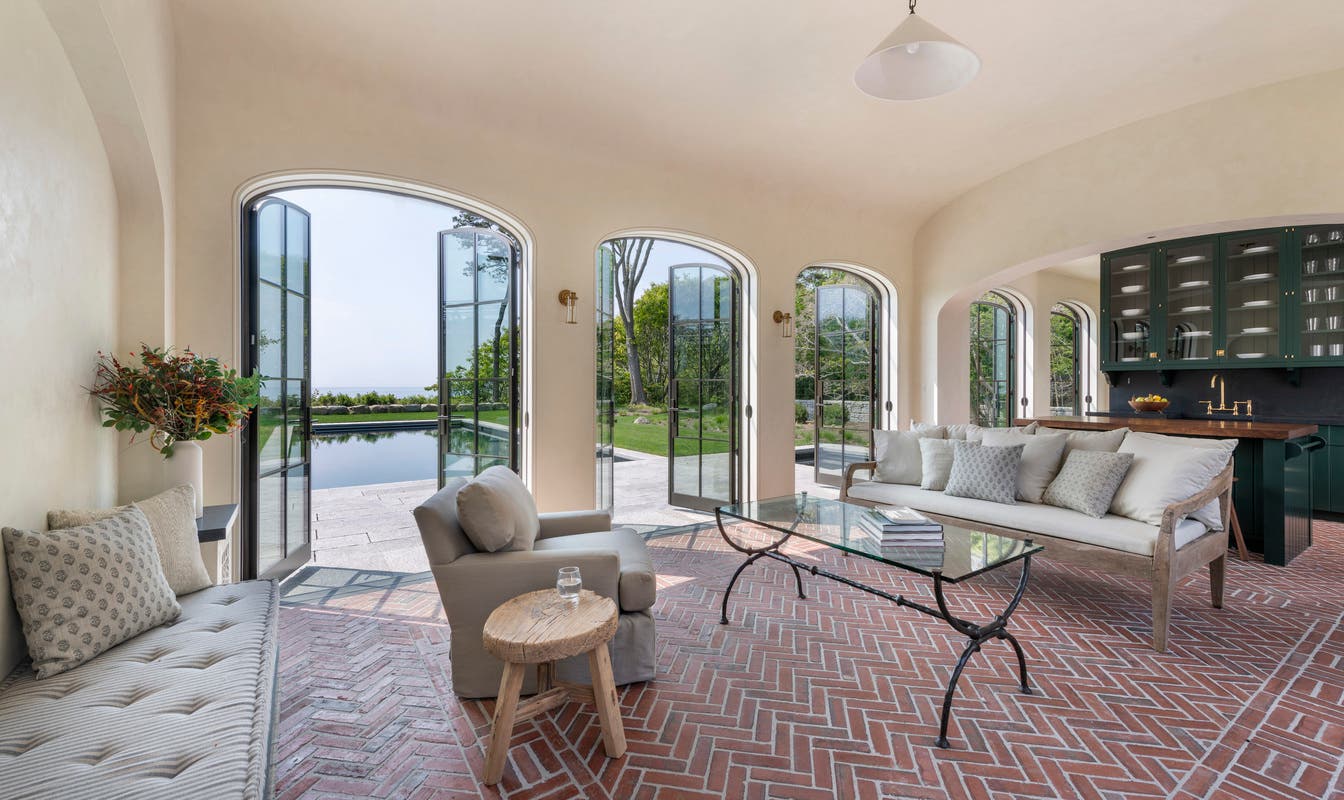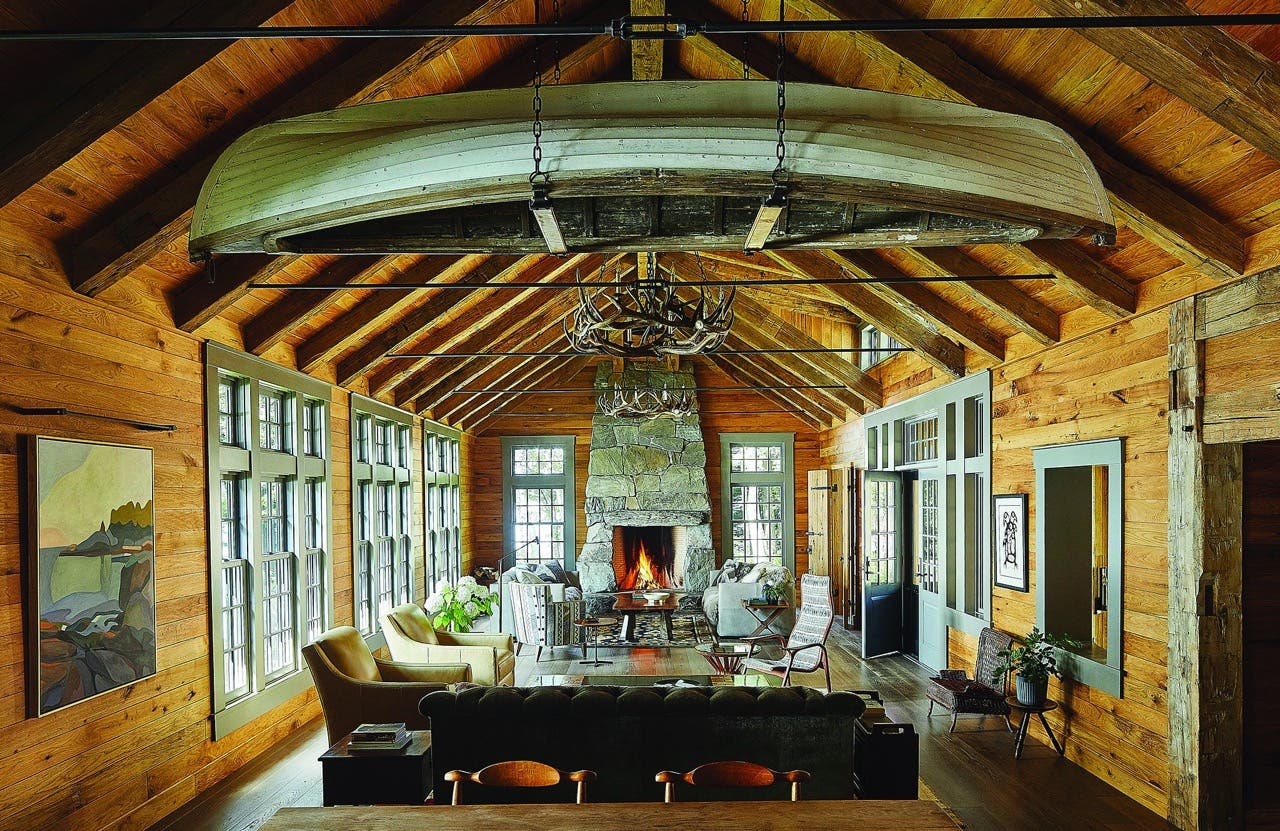
Opinions & Editorials
Renovating a Historic Home: Owning a Piece of History
By Mark Briggs & Tim Boyle
Historic homes are enjoying a moment in the sun. From picturesque historic neighborhoods to quaint and charming streets, more and more people are falling in love with older homes and plans to buy and renovate them are on the rise. Preserving these structures is a worthwhile and important endeavor that can be a lot of fun. But consider this: Owners of classic cars claim the privilege of undeniable style, envy and awe. They accept the demands of owning a work of art: extensive and expensive repairs, a famine of replacement parts, a rougher ride, limits to top speed, and a noticeable lack of safety features. As the owner of a historic home, you also accept unique opportunities and challenges.
Legal and Regulatory Challenges
From a legal and regulatory standpoint, it is critical to understand what rights and obligations are associated with the property before purchasing a historic home with intentions to renovate. Your local historic preservation commission will be your best ally in this process. They are there to help you. Just because a home qualifies as historic does not mean it is actually listed as historic.
A number of restrictions, rules and regulations could impact your property, as well as your ability to make certain renovations if the property is designated “historic.” If your home is not in the federal or state register of historic places, most of the legal requirements would be local, either county or city. Those requirements tend to regulate the exterior appearance of houses, but some may restrict certain interior changes as well.
Consult your local historic commission early in the process to save time and money. The commission will guide you on which potential alterations are not in compliance with the regulations on your historic house. These offices or commissions are typically user friendly for those who are proactive and trying to do the right things with their properties.
Structural Changes + Modern Modifications
Owning a historic home also means that you will have less control of many modern comforts. Adorable narrow hallways and steep staircases may have to stay because widening them would change the shape of other rooms, which could require altering floorboards, trim and crown moldings. In a classic modern Frank Lloyd Wright home in Beverly Hills you will always have to lurch through the hallways because the short architect felt 6-ft. 5-in. ceilings were adequate!
When permitted, adding modern features such as air conditioning requires careful studying before execution. In some cases, there may not be any place for the ducts to run or a bedroom may need to be converted into a mechanical room.
Many historic homes boast single-pane windows that cannot always be replaced with modern eco-friendly windows. Rooms with such glass will be more in tune with the changing seasons: warm in summer and cool in winter. The cost of heating and air conditioning such a house may be more than normal.
These homes can also have foundations or basements made with rubble walls and dirt floors before modern concrete came to use. Waterproofing such a home might require extensive trenches to be dug along the entire perimeter of the house to add drains and the right kind of gravel to move rainwater away from the foundation. There are times where nothing can realistically be done, and a damp basement is part of the price of ownership.
Over time, historic homes are graced by contractors and repairmen whose competence often varies widely. Over 120 years, one historic house gained more than five methods of applying stucco on just one side, one of which was applied by hand and left deep finger trails. This was an amazing yet completely impossible patina to re-create and prompted much discussion regarding the style of the new stucco.
From a structural standpoint there are many considerations as well. Over the decades a house settles, which causes the lumber to warp and the nails to become loose. Floors slant and walls shift from their original positions. Bringing them back to plumb can require manipulating the entire house with pneumatic jacks and adding new structural elements, or tearing out the floors and thickening the walls to hide the slant. Before buying the home, have it inspected by a company that has experience in old and historic houses. Or, ask your local building department or check Angie’s List for contractors (ideally three or more) who are experienced in historic renovation, and recognize that this is different to standard renovations. They will be able to tell you if immediate renovations are required. The more opinions you can gather, the better, as you educate yourself regarding your historic home’s future.
Preserving History
History dwells in these houses in the form of Tiffany lamps, Art Deco doors, massive pre-electric fireplaces and hidden speakeasies. There are countless stories contained within these homes.
The impressive craftsmanship of bygone eras has often died with the craftsman. Prepare to spend adequate time researching, tracking down and interviewing the few artists who know a particular style and can execute it well. You may have to wait patiently for their schedule to be open. Don’t be afraid to insist that their work be executed to your expectation.
How do you know what elements of your home are important to preserve when renovating? Try and find original photographs from the historic preservation office or local newspapers. Think twice before tearing out original fixtures and finishes – some may no longer be manufactured. Hunting down light fixtures to match those in the house can require months of effort, from visits to antique shops, extensive browsing of online auction sites, and even watching for buildings from the same time period to be demolished or renovated.
It’s Never Too Late
If you discover that you’ve been making illegal alterations, the first thing you should do is stop renovating immediately then consult your lawyer about the potential penalties. Create a strategy for addressing the situation. Contact your local planning department or preservation office, let them know what has been done, and tell them you want to correct it. They may ask you to return the home to its original state if you have modified or added to your property in an illegal manner.
Don’t be discouraged! Despite complications that come with renovating a historic home, there are plenty of upsides. In many jurisdictions, you may qualify for a property tax break if you own a historically-designated home or even for grants to help you make renovations. For significant historic homes, there may also be state, federal and private grant funding available. To live within a historic home is to live within a piece of history, and the rewards are uniquely satisfying.
Mark Briggs is a Phoenix, AZ-based attorney and founder of Briggs Law Group (www.briggslawgroup.com). Currently, he serves as chairman of the City of Phoenix’s Historic Preservation Commission. Mark was closely involved in decisions regarding the preservation of the historic Frank Lloyd Wright home in Phoenix and is an expert in historic preservation laws.
Tim Boyle (www.timboyle.com) recently relocated to Phoenix, AZ, after working as an architect at the prestigious firm of Sawyer/Berson in New York, giving him the opportunity to work on historic homes in New York City, the Hamptons, Colorado and California. Passionate about historic preservation, Tim was an adjunct professor at Columbia’s Graduate School of Architecture, Planning and Preservation.







